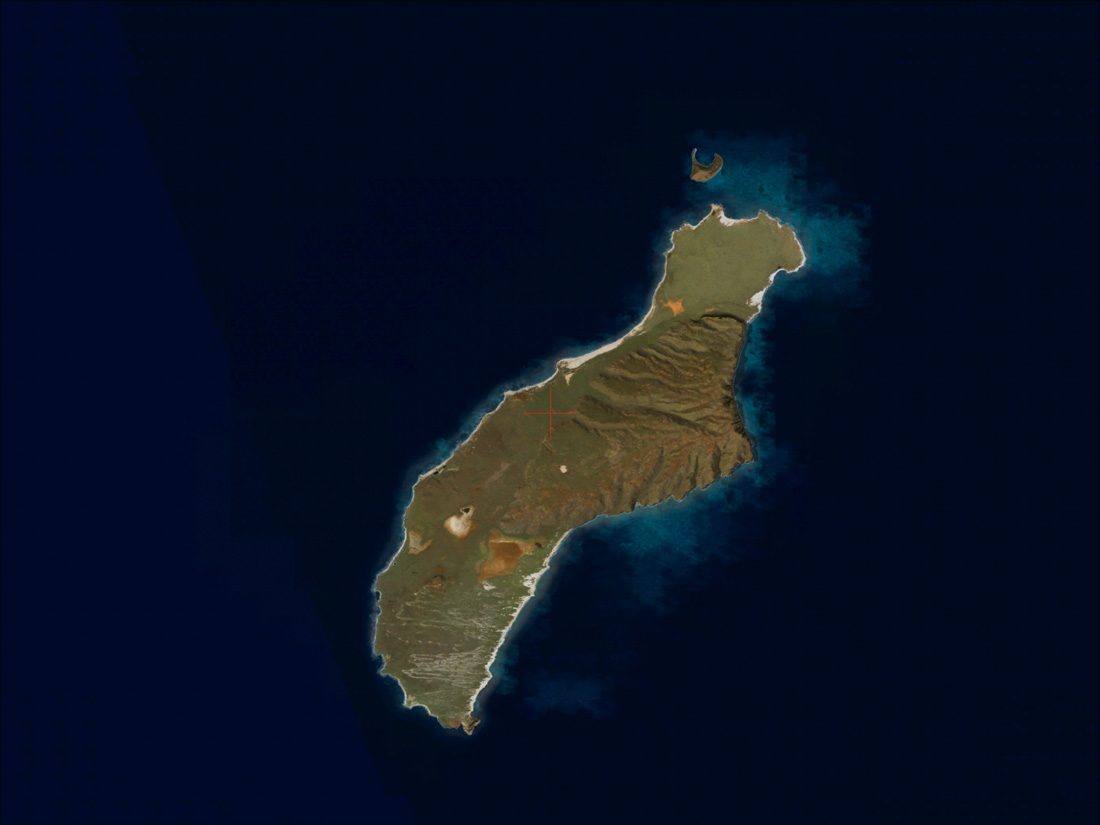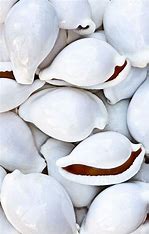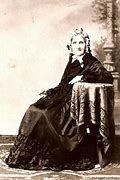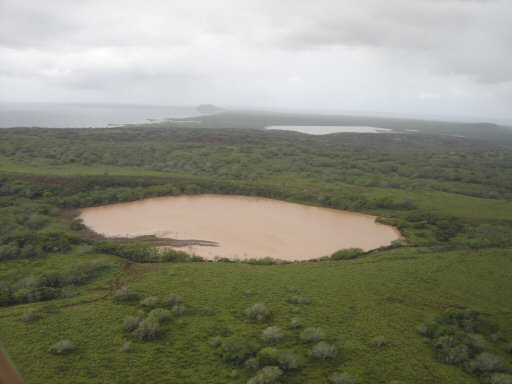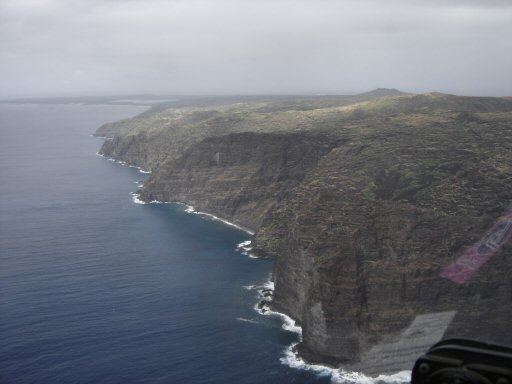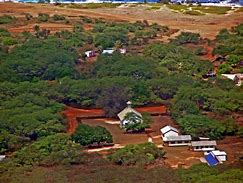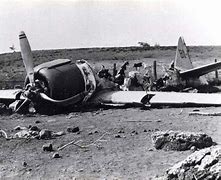
Niihau, often referred to as the “Forbidden Island” of Hawaii, has very restricted access for tourists. Generally, no one is allowed to visit without an invitation from the islands owners, the Robinson family, or by one of its 70 full-time Native Hawaiian residents. However, there are some exceptions for those who book a tour through the owners companies, Niihau Helicopters and Niihau Safaris. These tours offer a rare glimpse into the island, with opportunities for beachcombing, swimming, snorkeling, and even hunting safaris for the more adventurous. The helicopter tours provide a half-day excursion to a secluded beach on Niihau, but the rest of the island remains off-limits to preserve the traditional Hawaiian culture and language. So, while direct travel to Niihau is not possible for the general public, these guided tours are the only way for tourists to experience a part of the island legally and respectfully
Since not everybody can visit this place, here are some facts about Niihau below:
